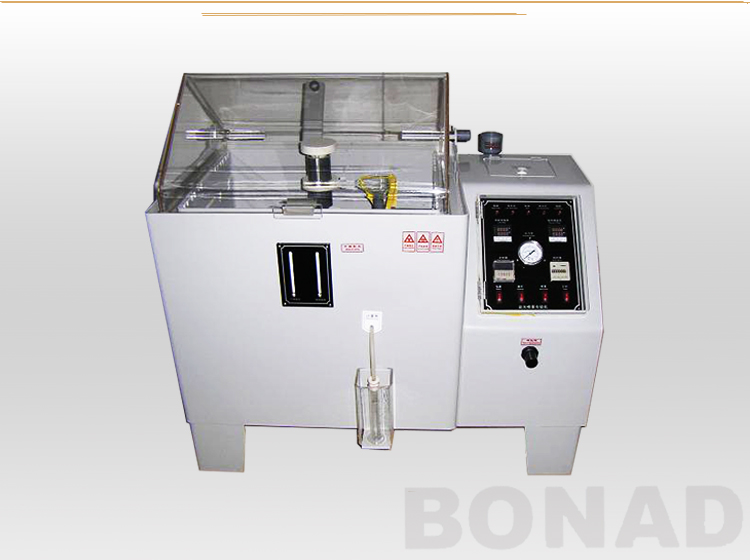Corrosion testing is an essential component in quality assurance processes within the metal industry, particularly in quality control laboratories. These tests are predominantly conducted in salt spray test chambers, which are designed to perform various tests on black metals and alloys. Additionally, the paint and coating industry relies heavily on corrosion testing to ensure the durability and longevity of their products.
Despite often being overlooked, corrosion has a significant impact on black metals. In environments with high salt content, these materials can react with iron, leading to oxidation reactions that transform ferrous ions into ferric oxide. Over time, these oxidation reactions not only cause complete product degradation but also create favorable conditions for microbial activity, further accelerating damage and failure. To mitigate such risks, the paint and coating industry continuously strives to enhance the durability of their products and coatings.
Coatings play a pivotal role in preventing corrosion by restricting moisture or contaminants from reaching the metal surface. However, low-quality coatings may fail to offer sufficient protection, exposing the surface to moisture and leading to oxidation. Therefore, artificial accelerated salt spray testing becomes an indispensable tool to ensure coating quality.
The paint and coating industry is dedicated to improving product quality to withstand the challenges posed by time and environmental factors. Through ongoing enhancements and stringent quality control measures, they aim to deliver products that offer reliable performance and long-term protection, meeting customer expectations and promoting sustainable usage.
Operating a Salt Spray Test Chamber
Before conducting salt spray tests, it is crucial to understand how salt spray test chambers operate. Here are the key steps involved:
1. Understanding Working Principles: Salt spray test chambers simulate saline conditions to accelerate corrosion testing by creating a controlled salt spray environment.
2. Preparing Specimens: Samples can be fasteners or thinly coated metal plates. Non-flat samples like bolts can be suspended using threads and thin rods retained as hangers in the chamber. Flat metal sheets or plates can be easily fixed on the sample carrier area.
3. Closing the Chamber and Setting Parameters: Ensure the chamber is securely closed and set relevant parameters such as temperature and test cycle.
4. Starting the Test: Initiate salt spray spraying to begin the test while maintaining stable parameters throughout.
By following these steps correctly, you can conduct accurate and reliable salt spray tests.
Environmental Requirements for Salt Spray Test Machines
To ensure accurate and reliable results from salt spray tests, specific environmental conditions must be met:
· Temperature Range: The ambient temperature should be between 10°C to 40°C.
· Relative Humidity: The relative humidity should not exceed 85% RH.
· Absence of Dust and Corrosive Substances: The air should be free from high concentrations of dust or corrosive substances.
· Avoidance of Sunlight and Heat Sources: Direct exposure to sunlight or other heat sources should be avoided.
· Absence of Strong Vibrations: Strong vibrations around the test machine should be avoided.
· Horizontal Placement: The test machine should be placed horizontally and kept stable.
· Avoidance of Strong Airflows: Strong airflow directly blowing onto the test machine should be avoided.
· Absence of Strong Electromagnetic Fields: There should be no strong electromagnetic fields influencing the test machine.
Adhering to these environmental requirements ensures that salt spray tests are stable and accurate, resulting in reliable outcomes.

|

